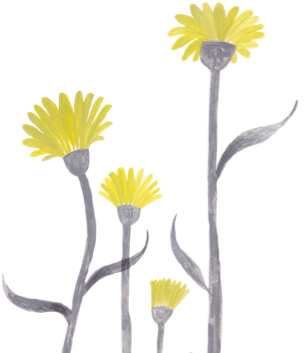

The 10-step program, designed to be implemented over six months, gives you everything you need to embed trauma aware and healing informed practice in your service. At the very least, get everyone trained, but we can do better than that – we should be aiming for specialisation verification which this program will help you to get to.
These tools are provided as a guide and aim to help you embed the training in your organisation. Please feel free to adapt these documents to work within your own organisational setting.
Here are the 10 steps at a glance. Scroll down to download a powerpoint that outlines the ten steps and then further down the page – you will see each step in more detail.

How to get started – initiate the project in your organisation, speak to your leadership team, plan the project rollout, and familiarise yourself with the resources Forgotten Australians – Helping Hand
Set aside a couple of hours with your leadership team – you will go through the leadership workshop and work out what this means for everyone and how you are going to proceed, who will be the Champions and how you will engage your teams.

Bringing the staff on board – from hospitality to clinical – is key to success. In this phase you will let staff know what is happening, ask them to complete a baseline survey, let them know who you require to do the training program, and ask them to complete the training in these three weeks. Make sure they feel supported as this topic can raise strong emotions. Maybe you establish a reference or advisory group. Inform residents and families about what you are doing by sharing these communications with them.
Care leaver support services operate across the country and are experts in working with Forgotten Australians and care leavers. Connect with your local service, invite them to address the team and make sure you all know how to refer a resident to them. Maybe you have some brochures or information available. Formalise the arrangement with a MOU or letter.

What documentation needs to be reviewed to embed trauma aware care and how will you formalize your approach into business as usual?
How will residents experience trauma aware care? In this phase you will ensure there is information about your approach in your information material and on your website, you will provide opportunities for people to disclose a care history at intake and in lifestyle planning, you will have material accessible from care leaver services where someone does disclose, and you will think about marking days of significance for Forgotten Australians and care leavers. Check to make sure that building names are not adding to trauma.

In this phase, you might consider having a launch event to create momentum, bring in your staff and residents and to connect with your broader community on trauma aware and healing informed care. You might like to pick a significant date from the calendar.
Run weekly toolkit sessions with staff. Include updates on your actions in newsletters and communications with residents, families and staff. Maybe have a standing agenda item on leadership team meetings.

This verification tells Forgotten Australians and care leavers that your service could be a good fit for them. If you have followed this program, you should be ready to make an application.
Find out the impact you have had. Run a post roll-out staff survey.
Review your model of care and embed the learnings from the last six months into your daily care and service delivery.

